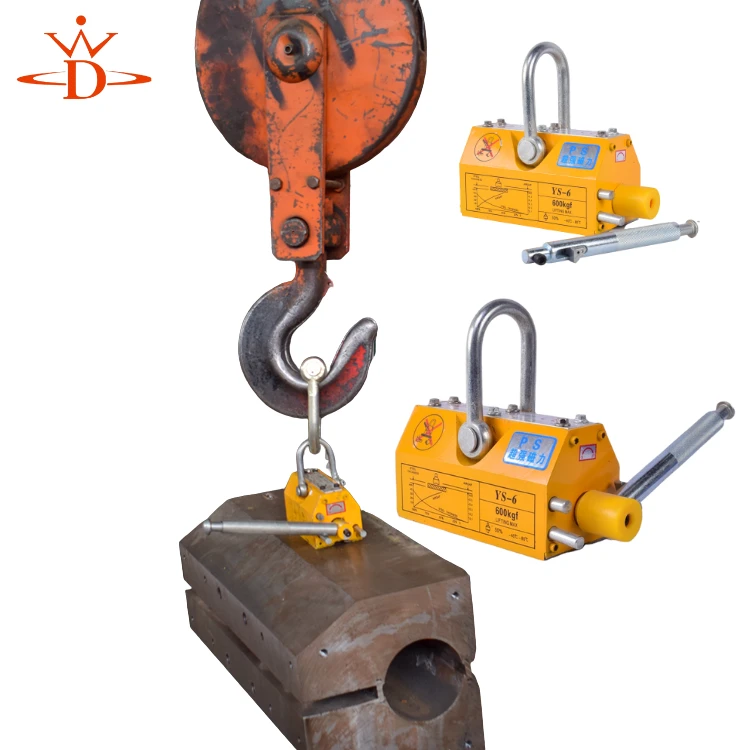Best Rollers for Safely Transporting Heavy Machinery and Equipment
Rollers for Moving Heavy Equipment An Essential Solution
Moving heavy equipment can be a daunting task. Whether it’s for construction, industrial, or agricultural purposes, handling large machinery requires careful planning and the right equipment. One of the most effective solutions for this challenge is the use of rollers. Rollers for moving heavy equipment have gained widespread popularity due to their ability to simplify transportation and reduce the risk of damage to both the machinery and the ground surface. This article explores the benefits, types, and applications of rollers in moving heavy equipment.
The Importance of Rollers
Rollers are designed to provide a stable and secure platform for transporting heavy loads. They function by redistributing the weight of the equipment, thereby reducing the friction that occurs with ground contact. This reduction in friction not only facilitates easier movement but also minimizes the wear and tear on the machinery being moved as well as the surfaces over which it moves.
Using rollers can significantly enhance operational efficiency. Instead of relying on cumbersome methods such as cranes or forklifts, operators can employ rollers to carefully maneuver machinery into position. This flexibility can save time and labor costs, making it a valuable investment for businesses that frequently handle heavy equipment.
Types of Rollers
There are several types of rollers available, each designed for specific applications and environments
1. Dolly Rollers These are small, wheeled devices that can support and move machinery, allowing for precise positioning. They are particularly useful in tight spaces where larger equipment cannot maneuver.
2. Heavy-Duty Rollers Built to support extremely heavy loads, these rollers are sturdy and can carry equipment like bulldozers, excavators, and large generators with ease.
3. Air Casters These innovative solutions use air pressure to create a cushion between the load and the surface, making it easier to glide heavy equipment across various terrains. Air casters are especially advantageous in environments where minimal surface disruption is desired.
4. Roller Skids These are larger platforms equipped with multiple rollers that enable the transportation of bulky machinery. They are often used in industrial settings and warehouses.
Applications of Rollers
rollers for moving heavy equipment

The applications of rollers for moving heavy equipment are vast and varied. Here are a few key industries where they play a critical role
- Construction In construction sites, moving heavy machinery like cranes, concrete mixers, and scaffolding components is an everyday necessity. Rollers help facilitate efficient transport, contributing to timely project completion.
- Warehousing and Logistics In warehouses, heavy items often need to be repositioned for optimal space utilization. Rollers make it easier to move goods without the risk of damaging them or the floor.
- Manufacturing In manufacturing plants, heavy machinery often requires relocation for maintenance or during the assembly process. Rollers can minimize downtime by simplifying the movement of these machines.
- Agriculture Farmers often need to move large equipment like tractors or irrigation systems across fields. Rollers provide a practical solution for handling these tasks efficiently.
Safety Considerations
While rollers offer numerous benefits, safety must always be a priority when operating heavy machinery. Here are some tips to ensure safe usage
- Load Capacity Always check the load capacity of the rollers being used. Exceeding this capacity can lead to equipment failure and pose safety risks.
- Surface Conditions Before moving equipment, assess the surface conditions. Rollers can perform optimally on level surfaces; significant gradients or uneven terrain may present challenges.
- Clear Pathway Ensure the movement path is clear of any obstacles or hazards. This precaution helps prevent accidents during the transportation process.
Conclusion
Rollers for moving heavy equipment are indispensable tools in various industries. They provide a safe, efficient, and cost-effective means of transporting machinery, making them essential for businesses that deal with large equipment regularly. By understanding the different types of rollers available and their applications, companies can enhance their operational efficiency, reduce downtime, and ultimately contribute to smoother project execution. Investing in the right roller solutions can prove to be a game-changer, improving not only productivity but also safety on job sites.
-
Unlock Seamless Relocation with Our Heavy Equipment Moving ExpertiseNewsJun.06,2025
-
Unleash Unrivaled Flexibility with Our Adjustable Gantry CraneNewsJun.06,2025
-
Unleash Heavy-Duty Efficiency with Our Industrial Gantry Crane SolutionsNewsJun.06,2025
-
Revolutionize Steel Handling with Our Magnetic Lifter RangeNewsJun.06,2025
-
Master Equipment Mobility with Premium Machinery Mover SolutionsNewsJun.06,2025
-
Elevate Your Material Handling with Magnetic Lifter TechnologyNewsJun.06,2025
-
YS Permanent Lifting Magnets: The Smarter Way to Handle SteelNewsMay.22,2025
